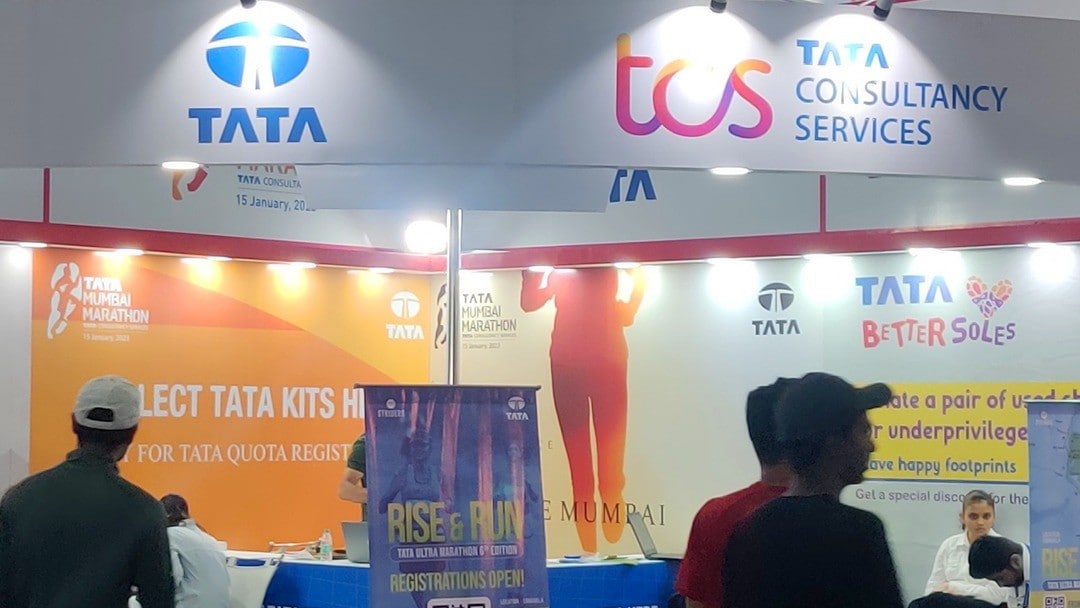Private sector lender Axis Bank has underperformed the Bank Nifty and its peers for the past many weeks as investors were worried over the bank’s infrastructure and power sector exposure.
Over the last three months since March 28, the stock has fallen 10 per cent against 0.5 per cent gains on the Bank Nifty. ICICI Bank, India's biggest lender in the private sector, has fallen just 0.8 per cent in the same period. In contrast, other private sector lenders like Kotak Mahindra and HDFC Bank have gained 9 per cent and 7 per cent respectively.
Brokerage firm Daiwa Securities, however, believes the stress levels in the portfolio are not as high as is being feared. It has maintained its buy rating on the stock with a target price of Rs 1,470, which implies over 40 per cent upside from current levels.
Analysts from the brokerage firm met the management of Axis Bank recently. Here are the key takeaways.
1) Management commentary: Top officials from Axis Bank sounded confident about maintaining the asset quality and restricting the credit cost to the same level as in FY12 (around 65 basis points). Restructured loans may rise, but the pace should be similar to that in FY12.
2) Power sector loans secure: The power sector comprises 4.66 per cent of the fund-based exposure and 21.4 per cent of the total nonfund-based exposure. Management has done a loan-by-loan analysis and currently sees no stress in its power sector exposure.
3) Deposits: Over the next two years, the bank expects retail to form 30 per cent of the total loans, from 22 per cent currently. Overall loan growth would be higher than the industry. In the current quarter, the loan growth should be much higher on a year-on-year basis due to the low base.
4) Stable CASA, tier-1 capital: Deposit accretion is continuing at the same pace as in the March quarter, with the CASA proportion remaining stable at around 40 per cent. Tier-1 of 9.5 per cent (as at March 2012) would be sufficient to support growth for FY13, given the bank’s own internal growth targets.
5) Valuations: The stock trades at a multiple of 2.3-times FY13 book value per share (BVPS).
Daiwa said higher-than-expected fresh non-performing loan formation may emerge as a key risk to the buy call.
Disclaimer: Investors are advised to make their own assessment before acting on the information.
Private sector lender Axis Bank has underperformed the Bank Nifty and its peers for the past many weeks as investors were worried over the bank’s infrastructure and power sector exposure.
Over the last three months since March 28, the stock has fallen 10 per cent against 0.5 per cent gains on the Bank Nifty. ICICI Bank, India's biggest lender in the private sector, has fallen just 0.8 per cent in the same period. In contrast, other private sector lenders like Kotak Mahindra and HDFC Bank have gained 9 per cent and 7 per cent respectively.
Brokerage firm Daiwa Securities, however, believes the stress levels in the portfolio are not as high as is being feared. It has maintained its buy rating on the stock with a target price of Rs 1,470, which implies over 40 per cent upside from current levels.
Analysts from the brokerage firm met the management of Axis Bank recently. Here are the key takeaways.
1) Management commentary: Top officials from Axis Bank sounded confident about maintaining the asset quality and restricting the credit cost to the same level as in FY12 (around 65 basis points). Restructured loans may rise, but the pace should be similar to that in FY12.
2) Power sector loans secure: The power sector comprises 4.66 per cent of the fund-based exposure and 21.4 per cent of the total nonfund-based exposure. Management has done a loan-by-loan analysis and currently sees no stress in its power sector exposure.
3) Deposits: Over the next two years, the bank expects retail to form 30 per cent of the total loans, from 22 per cent currently. Overall loan growth would be higher than the industry. In the current quarter, the loan growth should be much higher on a year-on-year basis due to the low base.
4) Stable CASA, tier-1 capital: Deposit accretion is continuing at the same pace as in the March quarter, with the CASA proportion remaining stable at around 40 per cent. Tier-1 of 9.5 per cent (as at March 2012) would be sufficient to support growth for FY13, given the bank’s own internal growth targets.
5) Valuations: The stock trades at a multiple of 2.3-times FY13 book value per share (BVPS).
Daiwa said higher-than-expected fresh non-performing loan formation may emerge as a key risk to the buy call.
Disclaimer: Investors are advised to make their own assessment before acting on the information.
Private sector lender Axis Bank has underperformed the Bank Nifty and its peers for the past many weeks as investors were worried over the bank’s infrastructure and power sector exposure.
Over the last three months since March 28, the stock has fallen 10 per cent against 0.5 per cent gains on the Bank Nifty. ICICI Bank, India's biggest lender in the private sector, has fallen just 0.8 per cent in the same period. In contrast, other private sector lenders like Kotak Mahindra and HDFC Bank have gained 9 per cent and 7 per cent respectively.
Brokerage firm Daiwa Securities, however, believes the stress levels in the portfolio are not as high as is being feared. It has maintained its buy rating on the stock with a target price of Rs 1,470, which implies over 40 per cent upside from current levels.
Analysts from the brokerage firm met the management of Axis Bank recently. Here are the key takeaways.
1) Management commentary: Top officials from Axis Bank sounded confident about maintaining the asset quality and restricting the credit cost to the same level as in FY12 (around 65 basis points). Restructured loans may rise, but the pace should be similar to that in FY12.
2) Power sector loans secure: The power sector comprises 4.66 per cent of the fund-based exposure and 21.4 per cent of the total nonfund-based exposure. Management has done a loan-by-loan analysis and currently sees no stress in its power sector exposure.
3) Deposits: Over the next two years, the bank expects retail to form 30 per cent of the total loans, from 22 per cent currently. Overall loan growth would be higher than the industry. In the current quarter, the loan growth should be much higher on a year-on-year basis due to the low base.
4) Stable CASA, tier-1 capital: Deposit accretion is continuing at the same pace as in the March quarter, with the CASA proportion remaining stable at around 40 per cent. Tier-1 of 9.5 per cent (as at March 2012) would be sufficient to support growth for FY13, given the bank’s own internal growth targets.
5) Valuations: The stock trades at a multiple of 2.3-times FY13 book value per share (BVPS).
Daiwa said higher-than-expected fresh non-performing loan formation may emerge as a key risk to the buy call.
Disclaimer: Investors are advised to make their own assessment before acting on the information.

 Sign Up with Google
Sign Up with Google




 RECOMMENDED FOR YOU
RECOMMENDED FOR YOU





